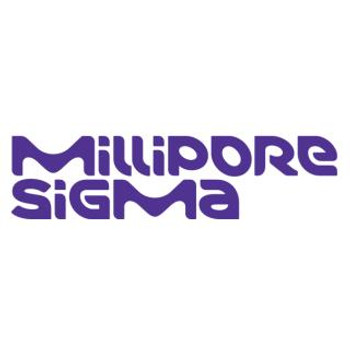Description
D-Gluconic Acid d-Lactone, 100G
Synonym(s):
Glucono delta-lactone, δ-Gluconolactone, 1,2,3,4,5-Pentahydroxycaproic acid δ-lactone, D-(+)-Dextronic acid δ-lactone
Empirical Formula (Hill Notation):
C6H10O6
CAS Number:
90-80-2
Molecular Weight:
178.14
Beilstein:
83286
EC Number:
202-016-5
MDL number:
MFCD00006647
PubChem Substance ID:
24895183
NACRES:
NA.25
PROPERTIES
biological source
microbial
Quality Level
200
assay
≥99.0%
form
powder
technique(s)
gas chromatography (GC): suitable
mp
160 °C (dec.) (lit.)
SMILES string
OC[C@H]1OC(=O)[C@H](O)[C@@H](O)[C@@H]1O
InChI
1S/C6H10O6/c7-1-2-3(8)4(9)5(10)6(11)12-2/h2-5,7-10H,1H2/t2-,3-,4+,5-/m1/s1
InChI key
PHOQVHQSTUBQQK-SQOUGZDYSA-N
DESCRIPTION
General description
D-(+)-Gluconic acid δ-lactone (GDL) is soluble in water and hydrolyzes into gluconic acid spontaneously and homogeneously lowers the pH.[1] Quinoprotein glucose dehydrogenase converts D-glucose to GDL which gradually lowers the pH and transcriptionally controls the prodigiosin production.[2] GDL is commonly used in the food industry to cause gelation of sodium caseinate by acidification.[3][4] GDL helps to overcome the difficulties and variations of using starter bacterial cultures.[3]
Application
D-(+)-Gluconic acid δ-lactone has been used in the preparation of cold set gels,[1] and hydrogels.[5][6]
Packaging
100, 500 g in poly bottle
1 kg in poly bottle
Biochem/physiol Actions
Glucono-d-lactone increased the doubling time and activated enzymes involved in the oxidative pentose phosphate pathway of Saccharomyces cerevisiae.
Other Notes
Tandem Mass Spectrometry data independently generated by Scripps Center for Metabolomics is available to view or download in PDF. G4750.pdf Tested metabolites are featured on Scripps Center for Metabolomics METLIN Metabolite Database.
SAFETY INFORMATION
Storage Class Code
11 - Combustible Solids
WGK
WGK 1
Flash Point(F)
Not applicable
Flash Point(C)
Not applicable
Personal Protective Equipment
dust mask type N95 (US), Eyeshields, Gloves





